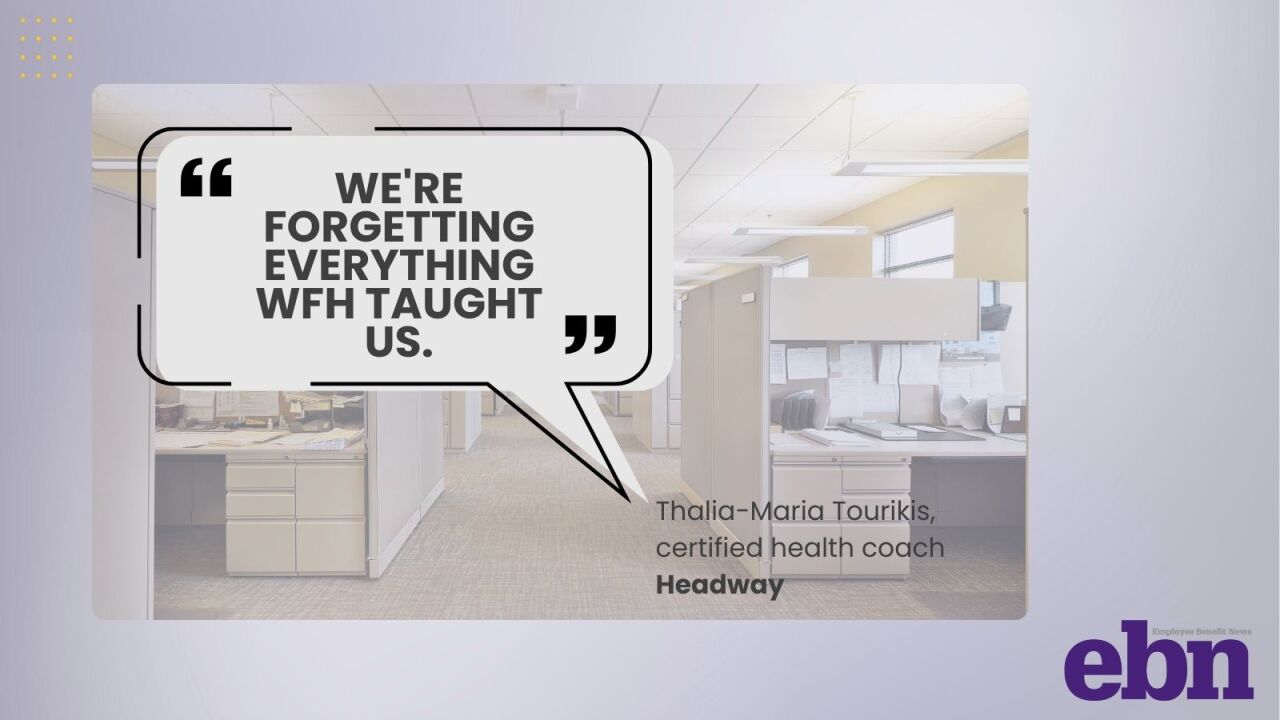With
These pressures come on the heels of employers trying to
But, if we as benefits leaders take a moment to pause, we can look at the economic uncertainty through a different lens — an opportunity to
How is this even possible? I'm often asked by HR leaders how such results are achievable. The answer lies in taking a proactive approach — leveraging data transparency, conducting thoughtful analysis and implementing cost-containment strategies — to significantly reduce healthcare spending while maintaining, or even enhancing, employee satisfaction.
Read more:
Mining data to better understand the needs of employees
Creating an effective healthcare strategy starts with data. Every employee population is unique, and our healthcare strategies should follow suit. By analyzing utilization trends, we can better understand the specific needs of our employees and opportunities for intervention to reduce the risk of high-cost medical events.
For context, my company, Hendry Marine, is a full-service shipyard in Tampa, Florida, and we offer a range of maritime services. Our workforce is composed of mostly males in their late 40s and early 50s, a population at risk for high–cost interventions due to untreated chronic conditions like high blood pressure or diabetes. We recognized that early intervention could help manage health costs associated with chronic conditions, and decided to look at claims data for preventive healthcare services and pharmacy spend.
The findings were unsettling. Only 15% of our covered members took advantage of our preventive wellness benefits. More concerning was the fact that of those 15%, most of them were the covered dependents that were using the preventative wellness benefit. In addition, we found that some of our pharmacy billing was misallocated, leading to higher costs.
To increase the number of employees who actively received preventive care and better manage chronic conditions, we brought a company called Walk-On Clinic directly to the shipyard. Walk-On Clinic became the direct primary care resource that our workforce needed to take care of themselves and their covered family members. We allow employees to visit the Walk-On Clinic during work hours at no cost and without having to clock out.
Read more:
By reducing friction associated with the cost of care or needing to take time off work, we increased the number of employees who received a preventative healthcare visit by nearly four times, improved health outcomes and literally saved lives by intervening earlier with serious health conditions, like cancer.
To rein in our pharmacy costs, we had to think outside the box. Pharmacy spending has become the leading contributor to medical inflation in recent years. But when you dig into your data, the savings opportunities become obvious. In one case, we saved $100,000 annually on a single employee's medication simply by switching it from the medical side of our plan to the pharmacy side, sourced alternate funding and had the local infusion center agree to allow the PBM to source the medication and deliver it directly — therefore eliminating the significant upcharge we were originally paying.
Even better, the employee paid nothing out-of-pocket for their specialty medication, which is delivered straight to the infusion center when they need it. That's the power of smart data analysis and strategic sourcing.
We must demand data transparency from our carriers
Unfortunately, not all carriers will allow benefits leaders to access their data. In my experience, transparency is a core component of building a successful healthcare strategy, and I encourage all benefits leaders to push their broker, consultant, and carrier to provide the data you need to make informed decisions on behalf of your employee population.
We are fiduciaries after all, and we're required to make the most prudent decisions on behalf of our employees.
Read more:
How did we pay for the Walk-On Clinic and other benefits enhancements?
At Hendry Marine, we made the strategic move to a self-funded health plan that uses reference-based pricing (RBP) to reimburse healthcare costs in line with accepted industry benchmarks and Medicare rates. Not only did that move give us access to the data we needed to identify gaps in healthcare utilization, but we were able to use those savings to further invest in benefits like the Walk-On Clinic and keep healthcare premiums flat for employees while still reinvesting savings back into the business.
With the current economy ebbing and flowing, there's another benefit in diverting from traditional health plans. The significant savings offered through alternative health plans that use RBP, like the millions of dollars we've accumulated in annual savings at Hendry Marine, can help insulate employers from the economic unknown like unforeseen supply chain cost increases or decreased demand for goods and services.
Shifting from the "challenges" mindset into "opportunities"
During economic uncertainty, there are a lot of uncontrollable factors. But it's time we as benefits leaders recognize that we do have the prime opportunity to take better control of our healthcare costs, and it starts with us.
By leveraging data and investing in long-term strategies offered through cost-containing health plans, one thing remains certain in this time of unknown: Benefits leaders can and should help their employers navigate financial instability with confidence and turn challenges into opportunities for growth.






